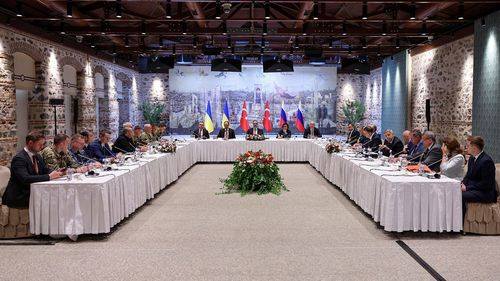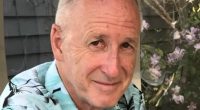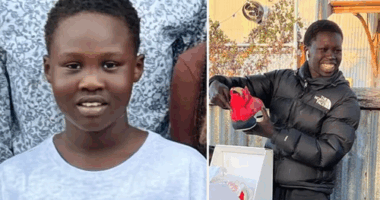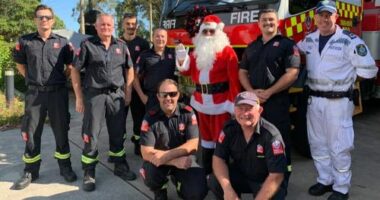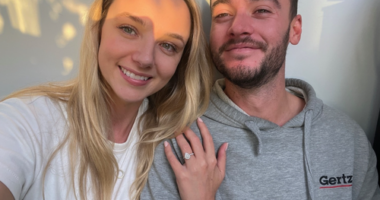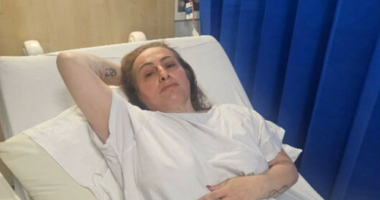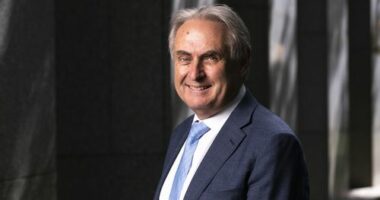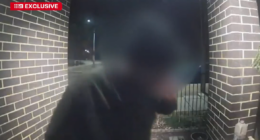Share this @internewscast.com
This exchange commenced on Friday and is set to continue through Saturday and Sunday, with Kyiv and Moscow anticipated to exchange 2,000 individuals – 1,000 from each side.

“We are bringing our people home,” Ukraine’s President Volodymyr Zelensky announced on X, noting that 390 people returned to Ukraine on Friday. He mentioned the group comprised 270 military personnel and 120 civilians.
The Ukrainian Coordination Centre for Treatment of Prisoners of War said three women and 387 men were among those released on Friday.
The Russian Ministry of Defence said in a statement that “270 Russian servicemen and 120 civilians” were returned to Russia.
The civilians were reportedly captured by Ukrainian forces in Kursk, the Russian region where Ukraine executed a surprise incursion last summer. Russia has succeeded in reclaiming most of that territory since then.
As in previous exchanges, the released prisoners were brought to a meeting place in several buses after being released by Russia at the Ukrainian border. Many were given Ukrainian flags at the border.

At the same time, Russian soldiers who have been taken prisoner by Ukraine were handed over to Russian authorities at the border.
On the Ukrainian side, dozens of people waited for hours to greet the returnees at a meeting place in Chernihiv region in northern Ukraine, many hoping to see their family members among those being brought back.
Many brought Ukrainian flags and photographs of their loved ones â in case any of the returnees would recognise them and give them information about their whereabouts.
As they waited, air raid sirens sounded across Ukraine, indicating that a Russian attack could be imminent.

Thousands of Ukrainian civilians have been snatched by Russian authorities in occupied Ukraine and deported into Russia where they have been held without charge or trial.
Their status is complicated â because they have been detained illegally, Ukraine sees them as civilian hostages.
Russia has, in some cases, claimed that they should be recognised as prisoners of war â something Kyiv has been reluctant to do because it could put civilians living in occupied areas of Ukraine at risk of being arbitrarily detained.
Agreement struck at the Istanbul meeting
As with previous exchanges, Ukrainian and Russian authorities were not expected to publicly state that it was taking place until after it had been completed.
However, US President Donald Trump broke that convention on Friday, announcing the swap on social media as it was unfolding.

The Istanbul meeting was initially proposed by Russian President Vladimir Putin in response to a ceasefire-or-sanctions ultimatum given to Moscow by Kyiv’s European allies â which many saw as a clear attempt by the Kremlin leader to distract and delay.
But while the return of hundreds of Ukrainian detainees will come as a huge relief to their families and loved ones, it remains somewhat underwhelming as the only tangible outcome of the highly touted meeting.
Prisoner swaps have been happening regularly, most recently earlier this month.
Ukraine’s Coordination Headquarters for the Treatment of Prisoners of War, a government department, said the exchange on May 7, which saw more than 200 Ukrainian service members return home, was the fifth swap this year and the 64th since the beginning of Russia’s full-scale invasion.

The department said at the time that at 4757 Ukrainian citizens have been released since March 2022.
Ukraine and its allies demanded that Russia agree to an immediate and unconditional ceasefire in Istanbul, but that did not happen.
Kyiv also offered direct talks between Zelenskyy and his Russian counterpart Vladimir Putin.
